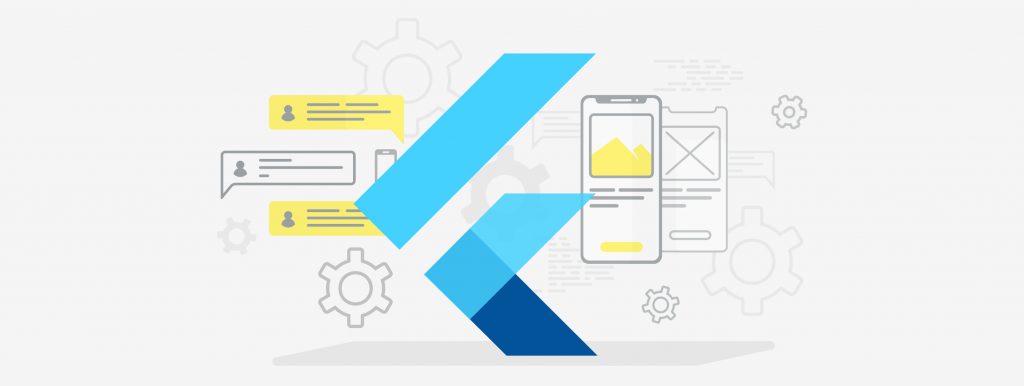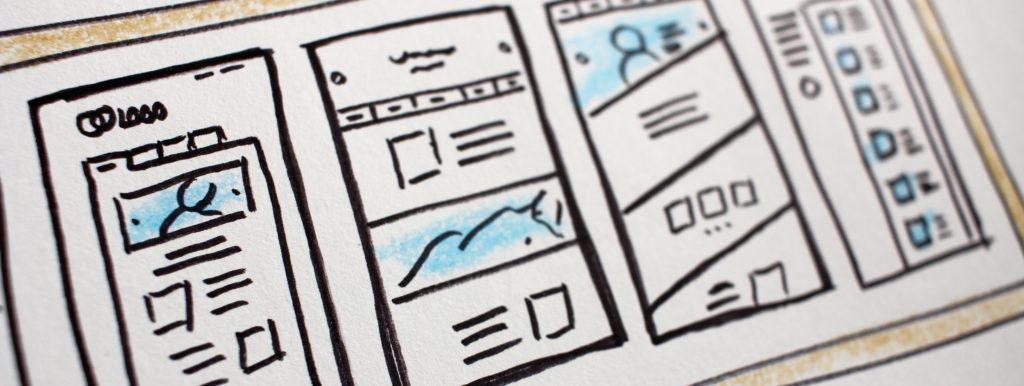Wearable technology is now one of the most promising areas in Sports and Healthcare industries. According to Statista the number of connected wearable devices worldwide is expected to grow to over 1.1 billion in 2022. Wearable devices include not only wristwear like smartwatches and fitness trackers but also hearables, heart monitors and even smart collars tracking your pet’s activity.
What do you need to consider while planning the development of a software solution for wearables in the Sports & Healthcare industry?
- Connectivity
Wearables are used to keep and easily share data across different channels and devices that provides flexible access to necessary information. If your application should collect data via a connected device you should put attention to the communication protocol. Today the most popular and reliable protocol in class is Bluetooth. It is an energy-consuming solution that provides secure data transmission. Wearable devices use battery rather than stationary power most of the time that means you need to create systems with components consuming low power. Bluetooth Low Energy (BLE) standard is one of the solutions helping to reduce energy consumption. - Privacy and security
Wearables can collect and transfer different kinds of user’s data. Make sure that a wearable device and its companion software use reliable network communication protocols for transmission of sensitive data to protect user’s privacy. Remember that if your software is designed to work with medical data it should also meet the HL7 standard for the transmission of health-related information. HL7 format helps you and your users easily share their medical data across different healthcare providers. - Integration
Software for wearables is widely used for remote care. For example, doctors can use your app to monitor a patient’s health status viewing medical data collected via wearable connected device real-time in hospital management systems. It means that it is extremely important for your system to be easily integrated with healthcare enterprise and meet DICOM and HL7 standards. This way you will make your system easier to implement and use as well as improve the interoperability of healthcare information systems. - Design
Wearables are associated with the convenience that should be reflected in UI and UX of your software. Keep your design human-centered and simple. Start with the audience research to understand and meet the specific needs of your users in your app interface. Remember that understanding the context and your user’s emotions in this context is especially important for designing an eHealth platform. You should also take into account load times, navigation and push notifications. - Scalability
Wearable technology is flexible and your app should be also flexible for functionality changes and enhancements. Apps for wearables are less powerful and can have limitations on functionality compared to classic mobile apps. But actually features provided by the combination of wearable hardware and software can be more unique thanks to the specific capabilities of wearable devices.
Wearable technology
Wearable technology is a promising business area that can significantly improve personal care, hospital treatment and healthcare management. Exposit team has extensive experience developing software for wearables across the Sports & Healthcare industry. We can bring you the great value of wearable technology by creating a software solution meeting the standards of data transmission and the needs of your company and your end-users. If you are interested in developing a smart application for wearables using cutting-edge technologies, contact us to discuss your idea.






